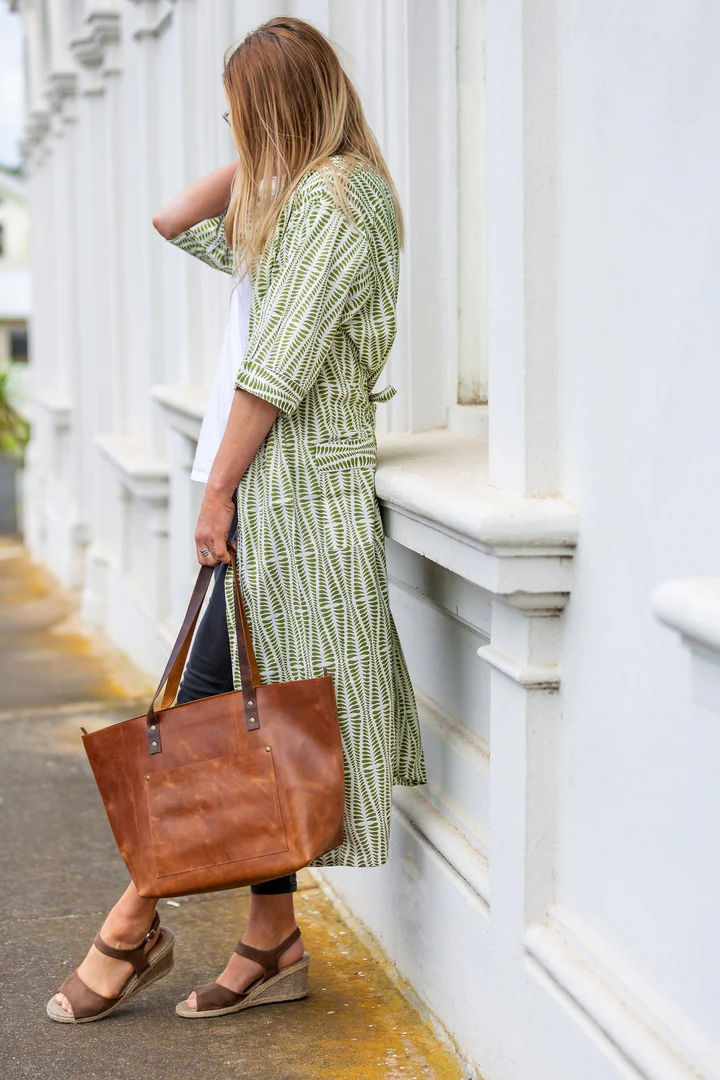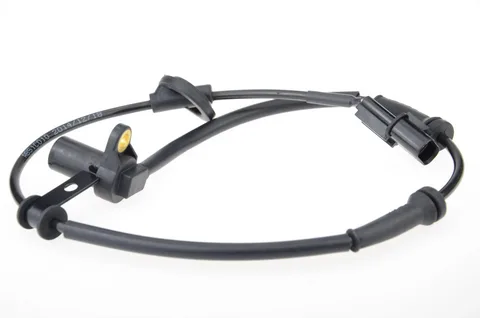Mylar bags are increasingly popular for food storage, valued for their durability and effectiveness in maintaining freshness. These bags are made from a polyester film, often layered with aluminum to create a durable, light-blocking, and airtight barrier that protects food from environmental factors that can lead to spoilage. In this article, we’ll explore why Mylar bags are an excellent choice for preserving food, the science behind their design, and how to use them effectively.
What Are Mylar Bags?
Mylar is a type of polyester film developed by DuPont in the 1950s, known for its strength, flexibility, and resistance to temperature extremes. When used for food storage, Mylar bags are typically laminated with aluminum foil to make them light-resistant. This prevents UV rays from degrading food, ensuring that nutrients, flavor, and freshness are retained longer. These properties make Mylar bags ideal for long-term food storage, especially when combined with oxygen absorbers.
The Science Behind Mylar Bags’ Effectiveness
Mylar bags act as a barrier against air, moisture, and light, all of which can cause food to spoil or lose quality. The multi-layer construction of Mylar creates an airtight seal that prevents oxygen and humidity from reaching the food inside. Oxygen, in particular, accelerates the growth of bacteria and mold, while moisture can cause food to degrade and lose texture. By blocking these elements, Mylar bags help food remain safe and fresh.
How Mylar Bags Prevent Oxidation
Oxidation occurs when oxygen interacts with food molecules, leading to spoilage, discoloration, and nutrient loss. Foods high in fats, like nuts and grains, are especially prone to oxidation, resulting in a rancid taste and diminished quality. Mylar bags, combined with oxygen absorbers, can create an oxygen-free environment that slows the oxidation process. This is crucial for long-term storage and helps extend the shelf life of various food items.
Light Protection: A Key Feature of Mylar Bags
Light can be another enemy of food preservation, as UV rays can break down vitamins and other sensitive nutrients. For instance, sunlight exposure can degrade vitamin C in fruits and vegetables. Mylar bags provide an opaque barrier that blocks light, making them ideal for items sensitive to UV exposure. This feature preserves both the color and nutritional value of stored foods, ensuring they stay as fresh as possible over time.
Moisture Control for Longer Shelf Life
Humidity can significantly impact the quality of stored foods. When moisture enters packaging, it can cause mold growth, spoilage, and a loss of texture in dried goods. Mylar bags are highly resistant to moisture and maintain a low-humidity environment inside the bag. This feature is particularly useful for items like dried fruits, grains, and pasta, which need to stay dry to preserve their taste and quality.
Why Use Mylar Bags for Long-Term Food Storage?
For people interested in emergency preparedness or bulk buying, Mylar bags offer a reliable solution for long-term storage. Unlike plastic containers that can sometimes let in small amounts of air, Mylar bags form a tight seal, making them ideal for storing foods for years. Many people use them to store rice, beans, flour, and other staple items. With Mylar, you can store large quantities of food without worrying about spoilage, helping ensure a stable food supply in emergencies.
The Role of Oxygen Absorbers in Mylar Bags
Oxygen absorbers are small packets containing iron powder that reacts with oxygen in the air, effectively removing it from the Mylar bag. When placed inside a Mylar bag and sealed, oxygen absorbers help create a vacuum-like environment, further slowing down spoilage. They are particularly important for foods sensitive to oxygen, such as grains, seeds, and nuts. Using oxygen absorbers can dramatically extend the shelf life of your stored food.
Tips for Properly Sealing Mylar Bags
To maximize the effectiveness of Mylar bags, sealing them properly is essential. Most people use a heat sealer or an iron to create a tight, airtight seal. Before sealing, ensure the bag is free of excess air by gently pressing down on it. After sealing, check for leaks by pressing on the bag and ensuring no air escapes. A well-sealed Mylar bag can maintain an oxygen-free environment for years, preserving the quality of your food.
Common Foods Stored in Mylar Bags
Mylar bags are suitable for a wide range of foods, from dry staples to freeze-dried meals. Commonly stored items include rice, pasta, beans, powdered milk, and dehydrated fruits and vegetables. Foods that are low in oil and moisture are the best candidates, as they are less likely to spoil in storage. These bags are a great option for preppers and those who buy in bulk, helping ensure food stays edible and nutritious for extended periods.
Mylar Bags for Freeze-Dried and Dehydrated Foods
Freeze-dried and dehydrated foods are ideal for Mylar storage, as they have low moisture content, which reduces the risk of spoilage. Mylar bags help keep these foods fresh by preventing moisture from rehydrating them unintentionally. For hikers, campers, and people stocking emergency supplies, Mylar storage ensures these foods retain their flavor and nutrition for when they’re needed most.
The Environmental Impact of Using Mylar Bags
While Mylar bags are highly effective, they are not biodegradable. However, their durability means they can be reused several times if properly cleaned and maintained. For eco-conscious users, this reuse factor can offset some of the environmental concerns. Some manufacturers also produce recyclable Mylar bags, offering a more sustainable option for those looking to reduce waste.
Comparing Mylar Bags with Other Storage Options
Compared to plastic bags, vacuum-sealed bags, and jars, Mylar bags offer unique benefits. Unlike plastic bags, they are impermeable to light and air, and they are more effective than vacuum-sealed bags for long-term storage. Glass jars are another popular storage method but are more prone to breakage and don’t provide the same light-blocking protection. For people prioritizing durability, Mylar bags remain a top choice.
How to Store Mylar Bags for Best Results
Once sealed, Mylar bags should be stored in a cool, dark place to maximize shelf life. High temperatures can degrade the bag’s material, and light exposure can weaken its integrity. Ideal storage locations include basements, pantries, or storage rooms where the environment is stable. By storing Mylar bags correctly, you can keep food fresh and safe for years, reducing waste and enhancing food security.
When to Replace Your Mylar Bags
While Mylar bags are long-lasting, they are not indestructible. Over time, they can develop tiny pin holes or tears that allow air and moisture to seep in. Regularly check stored bags for signs of air or moisture leaks, and replace any damaged bags to prevent spoilage. Proper handling and storage can help extend the life of Mylar bags, but being vigilant about their condition is essential for maintaining food quality.
Conclusion: A Reliable Solution for Food Preservation
Mylar bags provide a high-quality, durable solution for anyone interested in preserving food safely and efficiently. Their airtight, moisture-proof, and light-blocking features make them ideal for both short- and long-term storage. By using Mylar bags in combination with oxygen absorbers and storing them correctly, you can ensure your food remains fresh, nutritious, and ready for use when you need it.

















